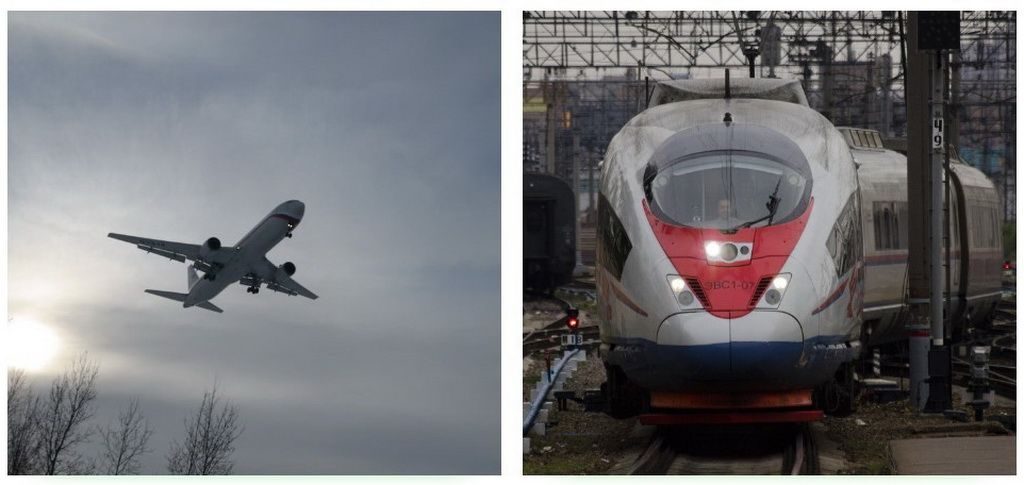Most business travelers choose the high-speed Sapsan train rather than airlines to get from Moscow to St. Petersburg, a recent study by Aeroclub business travel agency revealed. 64% of business people prefer trains with only 36% left for aviation. What is the main reason behind such a disparity and does this approach work in case you are not going on business?
The decisive factor here, wrote Aeroclub’s analysts in a company’s press-release, is the price. In 2016, an average Sapsan ticket costs 4700 rubles ($75) against 9150 ($147.5) for a plane.
We’d also add some details to the picture: with overall travel time from door to door being equal, Sapsan provides the benefit of delivering you from one city center directly to another one. Traveling by air requires getting to and from airport which isn’t that time spending, but still brings some inconveniences.
So, what if you are not a businessman and traveling as an ordinary tourist? We did some research through booking websites and found out things look rather astonishing. We discovered that no such a deep price disparity exists as in the business segment. We looked at fares of Sapsan and airlines for two different dates and made up a chart (see below). On November 6, we researched fares for 1 adult, economy class, no discount and any social benefits included. Airfares should be added by some expenses for getting to \ from airports (about getting to\from St. Petersburg Pulkovo airport read our post here).
Fare For Getting From Moscow To St. Petersburg By Airlines And By Sapsan
Minimal price available, rubles ($)
| 15 November 2016 | 22 November 2016 | |
| Sapsan | 2152 rubles ($34.7) | 1825 rubles ($29.5) |
| Airlines | 1707 rubles ($27.5) | 1707 rubles ($27.5) |
So, what would be our choice? With big and heavy baggage it seems to be wise to take Sapsan that almost has no limits for baggage allowance, weight and number of pieces. With all other conditions equal, we’d better fly – seating for four hours is definitely grueling.
